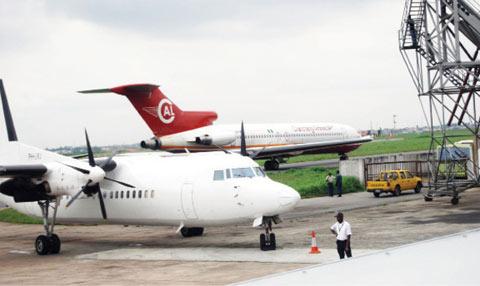Bangladesh is a growing country. It has a fast-growing aviation sector. This growth needs better infrastructure. Let’s look at the future of aviation infrastructure in Bangladesh.

Credit: www.vanguardngr.com
Current State of Aviation in Bangladesh
Bangladesh has several airports. The largest one is Hazrat Shahjalal International Airport in Dhaka. Other major airports are in Chittagong and Sylhet. These airports serve millions of passengers every year.
Upcoming Projects
Bangladesh has many plans to improve its aviation infrastructure. New airports are being built. Existing airports are being upgraded. Here are some key projects:
| Project Name | Location | Description |
|---|---|---|
| Third Terminal of Hazrat Shahjalal International Airport | Dhaka | A new terminal to handle more passengers. |
| Bangabandhu Sheikh Mujib International Airport | Northern Region | A new international airport to boost connectivity. |
| Expansion of Shah Amanat International Airport | Chittagong | Upgrading facilities and increasing capacity. |

Credit: infrastructurereportcard.org
Technological Advancements
Technology plays a big role in modern aviation. Bangladesh is adopting new technologies. These will make airports more efficient and safer.
Smart Airports
Smart airports use technology to improve operations. They use sensors, cameras, and software. This helps to manage crowds, enhance security, and provide better services.
Automation
Automation is making airports more efficient. Self-check-in kiosks save time. Automated baggage handling speeds up the process. Robots are being used for cleaning and maintenance.
Green Technologies
Green technologies are important for sustainable aviation. Solar panels provide renewable energy. Electric vehicles reduce pollution. Green buildings save energy and water.
Impact on the Economy
Improving aviation infrastructure has many benefits. It boosts the economy in several ways.
Job Creation
New airports and upgrades create jobs. Construction, maintenance, and operations need workers. This helps reduce unemployment.
Tourism
Better airports attract more tourists. Tourists spend money on hotels, food, and shopping. This helps local businesses grow.
Trade
Good airports make trade easier. Goods can be transported faster. This helps businesses export and import products.
Challenges
There are challenges in improving aviation infrastructure. Let’s look at some of them:
Funding
Building and upgrading airports is expensive. Finding enough money is a challenge. The government and private sector must work together.
Land Acquisition
Airports need a lot of land. Acquiring land can be difficult. Sometimes, people don’t want to sell their land. This can delay projects.
Environmental Concerns
Airports can affect the environment. Noise and air pollution are concerns. Careful planning is needed to minimize these impacts.
Government Initiatives
The government is taking steps to improve aviation infrastructure. Here are some initiatives:
- Public-Private Partnerships (PPP) to fund projects.
- Policies to attract foreign investment.
- Training programs for aviation professionals.
Frequently Asked Questions
What Is The Current State Of Aviation In Bangladesh?
Aviation in Bangladesh is rapidly growing, with major airports undergoing modernization and expansion.
How Many Airports Are In Bangladesh?
Bangladesh has three international airports and several domestic airports facilitating air travel.
What Are The Major Airports In Bangladesh?
The major airports include Dhaka’s Hazrat Shahjalal International Airport, Chittagong’s Shah Amanat International Airport, and Sylhet’s Osmani International Airport.
How Is Technology Impacting Aviation Infrastructure?
Advanced technology is enhancing airport operations, improving passenger experience, and ensuring safety and efficiency.
Conclusion
The future of aviation infrastructure in Bangladesh is bright. With new projects and technologies, the aviation sector will grow. This growth will boost the economy and create opportunities. Challenges must be addressed to achieve this vision. The government, private sector, and citizens must work together. Together, they can build a better future for aviation in Bangladesh.








